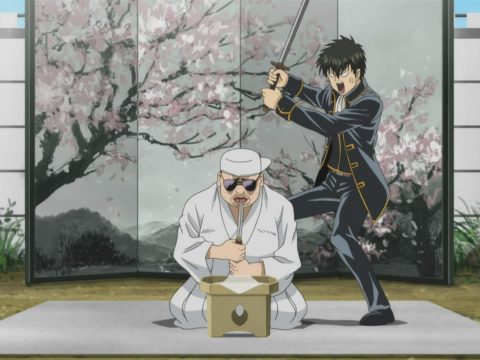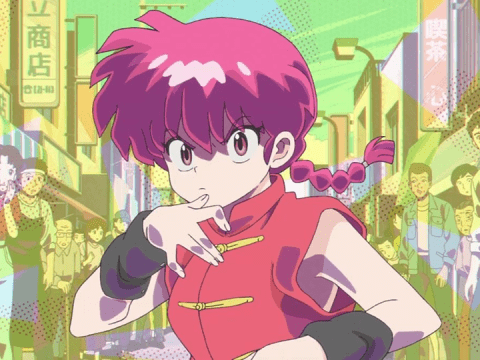I was called out rather pointedly in the sixth chapter of Sayonara, Mr. Fatty, a unique diet book by Toshio Okada. Why should we care about dieting on a site called Otaku USA? The answer lies in the book’s geeky subtitle, because Okada is also more famously known as the Otaking, co-founder and former president of legendary anime studio Gainax. Now that we’re all on the same page, I’ll admit that, just as he assumes in the aforementioned chapter, I was reading through the whole thing without putting any of his advice into practice.
While that might not be the most effective use of a diet book, it does offer a thorough peek into what Okada has to say about dieting, and why anyone should fancy weight control insight from a self-proclaimed “Chubby” at heart. Sure, he lost a whopping 110 pounds over the course of a year, but can an otaku really crack the code of doing so without going through the painful trials associated with weight loss?
If there’s one thing one can say with utmost certainty about Okada, it’s that he lives up to his name. He analyzes various methods of changing one’s physical appearance with the tenacity of a true nerd. After the prologue, he dissects every technique and ranks it on a risk/reward scale before introducing his own, which essentially boils down to recording every item consumed throughout each day, and correlating the data with calorie counts and weight checking. (I promise I didn’t just give everything away.)
Like the cover states, this is a Geek’s Diet Memoir. With that in mind, the actual information therein should be taken as just that: one man’s method toward extreme weight loss. Though the facts are sometimes dubious (excessive beer drinking doesn’t cause weight gain?), it’s the attitude with which Okada tackles it all that makes the book an interesting read. There’s an enthusiasm in his words that can only come from someone who really succeeded in his goals and has continued to do so since.
Furthermore, the greatest insight an aspiring dieter will find in this book is Okada’s unique perspective on weight loss in general. It’s more of a condemnation of the concerted efforts that overweight people put toward remaining so. He writes of eating every half-hour from 9 p.m. to 3 a.m. at his worst, not out of hunger but out of habit. If Okada’s methods don’t work out in your particular case, they could certainly spark that fire of motivation and urge you to find a way that does.
According to Okada, though, there’s no way it won’t work. Judge for yourself if the subject interests you, because it’s a pretty lax read that’s laced with the sort of confidence and emphasis on self-reliance that would-be dieters need most when diving into a body-morphing alteration of everyday habits.
If anything, it’s hard to balk at the drastically different before and after photos of the Otaking. The only thing I don’t buy is that it’s going to have people swaying and nodding at your every word and constantly asking you about dieting and how it was done. Come on, Okada, give yourself some credit; people talk to you like that because you’re the freakin’ Otaking! Whether that happens or not, enjoy this, because it’s likely the only opportunity to earn geek cred for reading a book on weight loss.
Publisher: Vertical Inc.
Author: Toshio Okada







